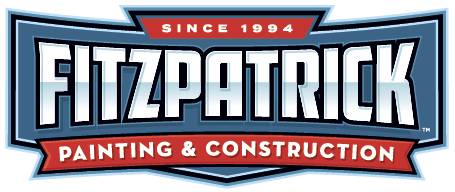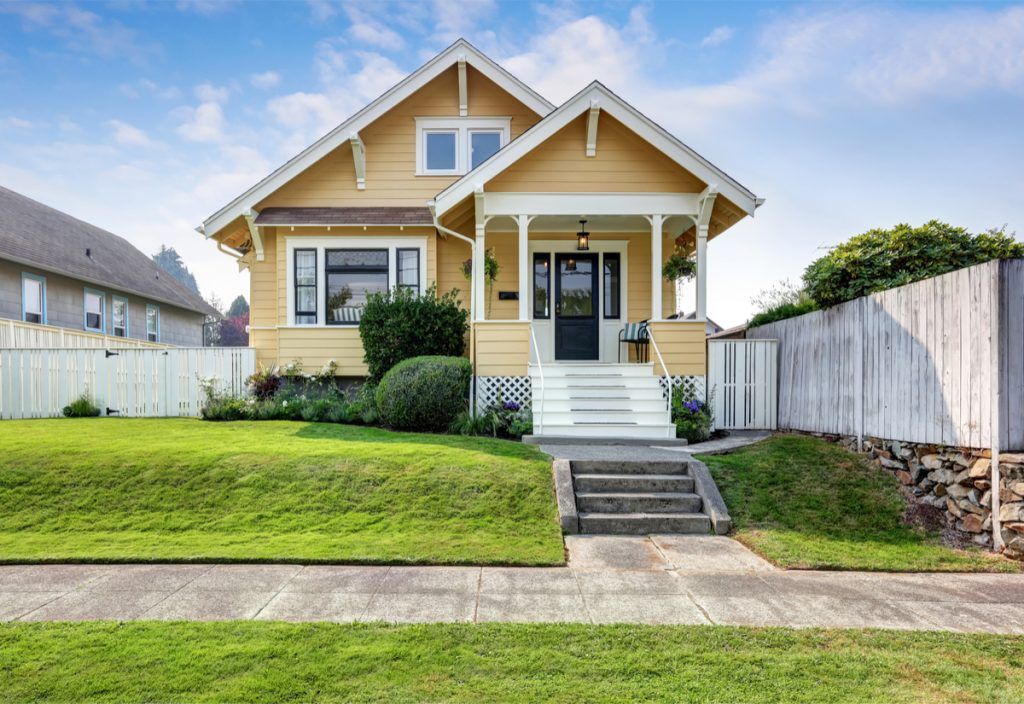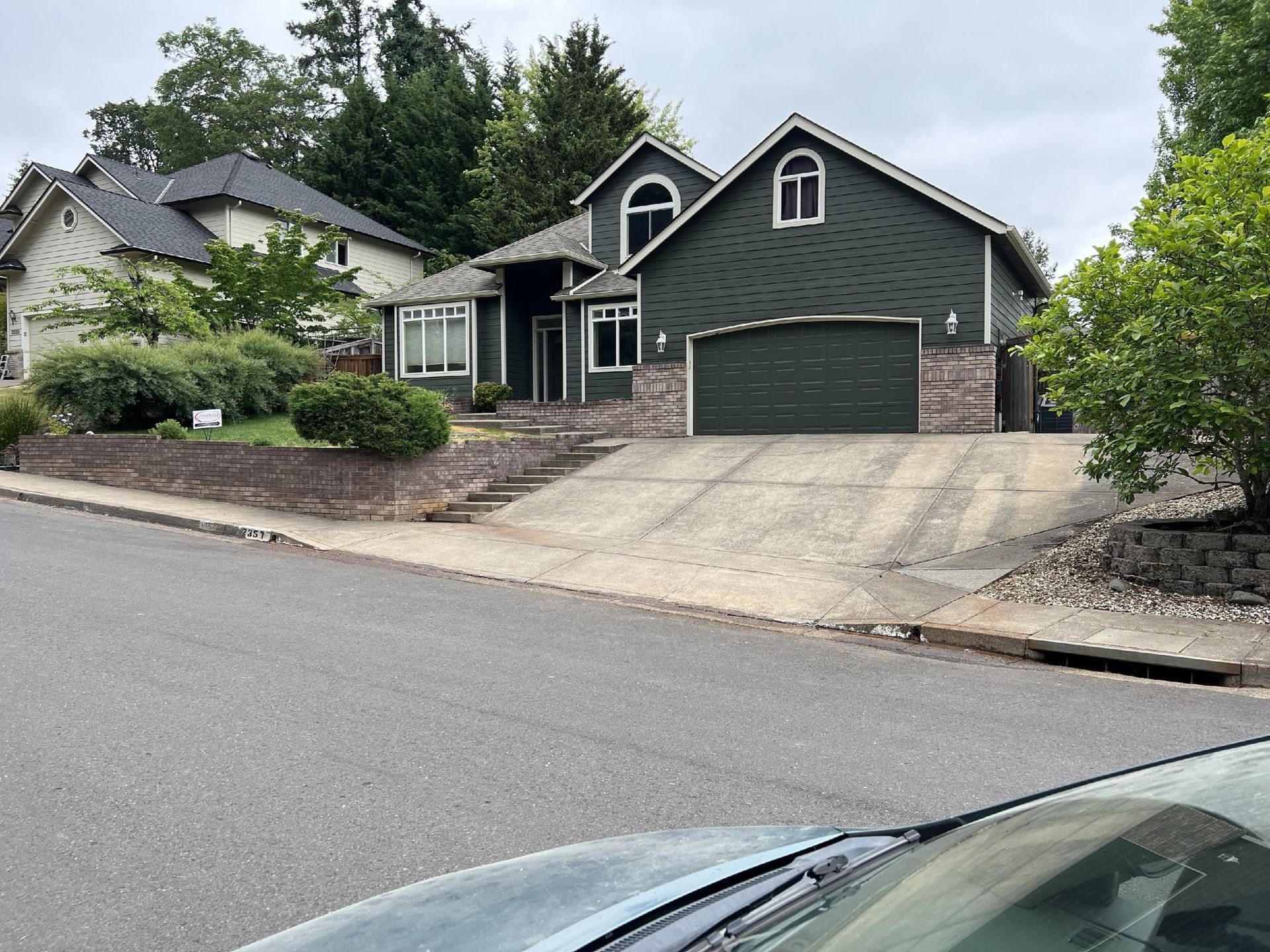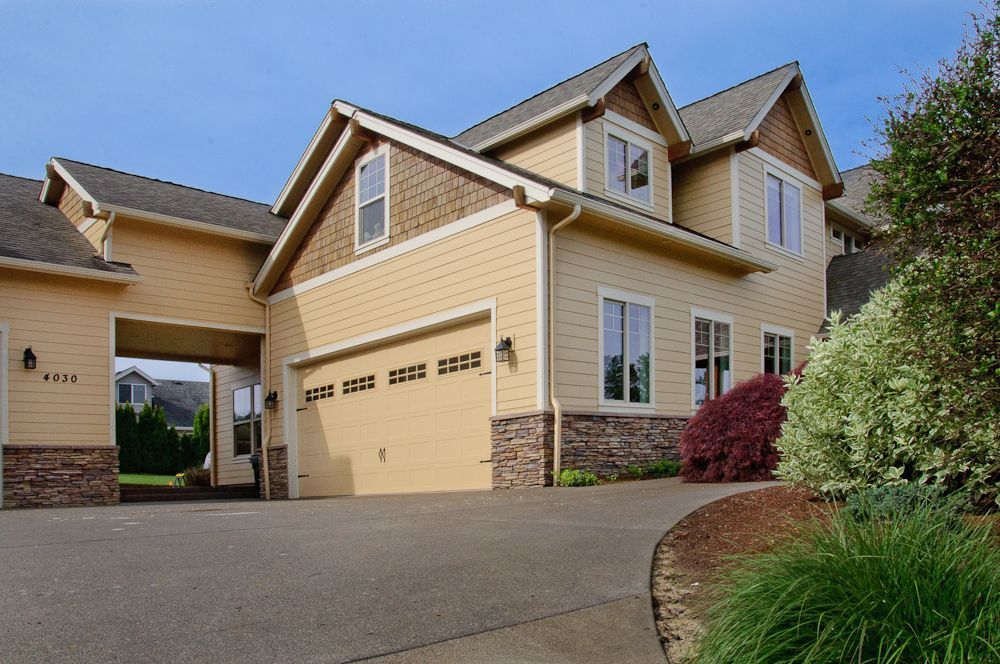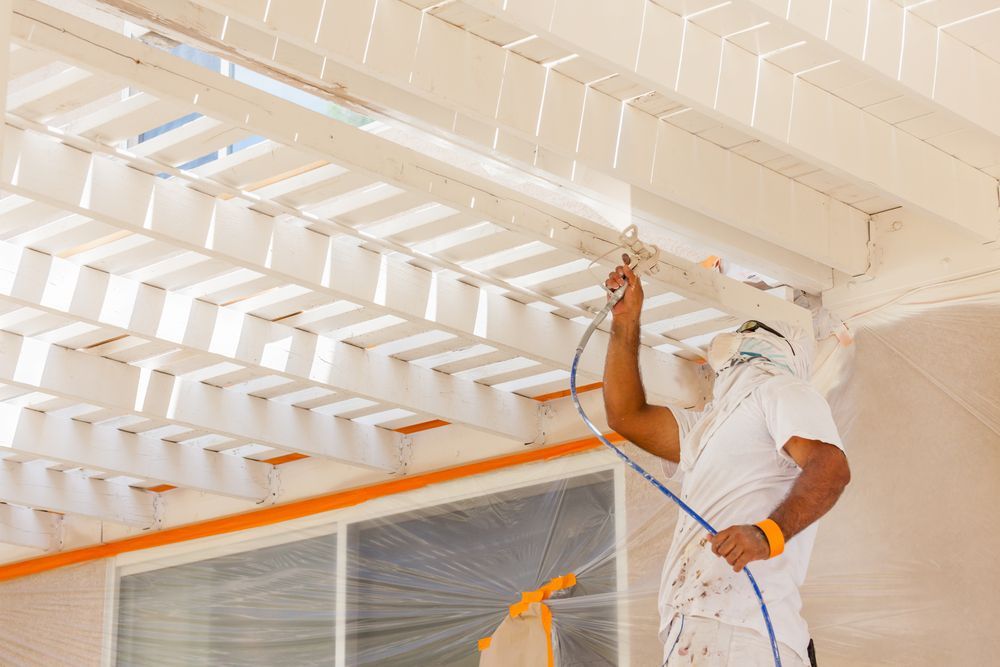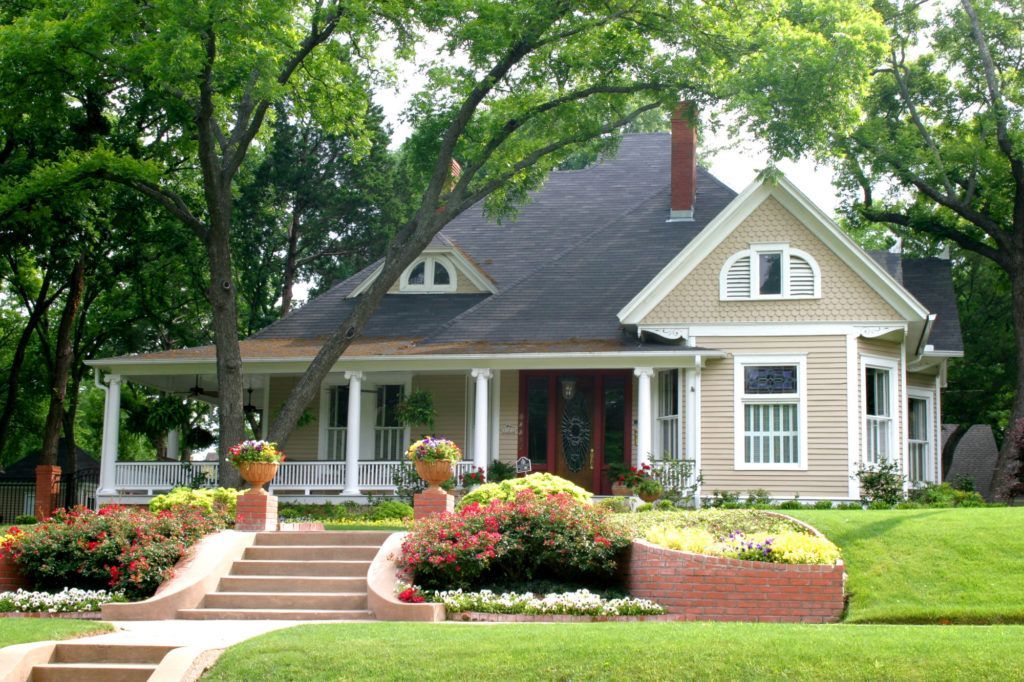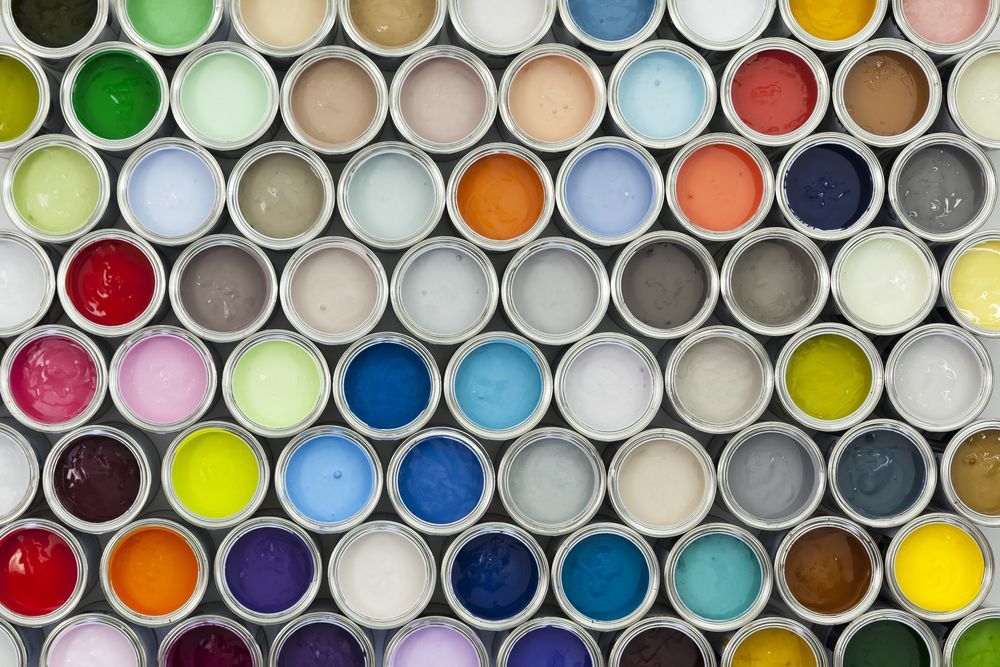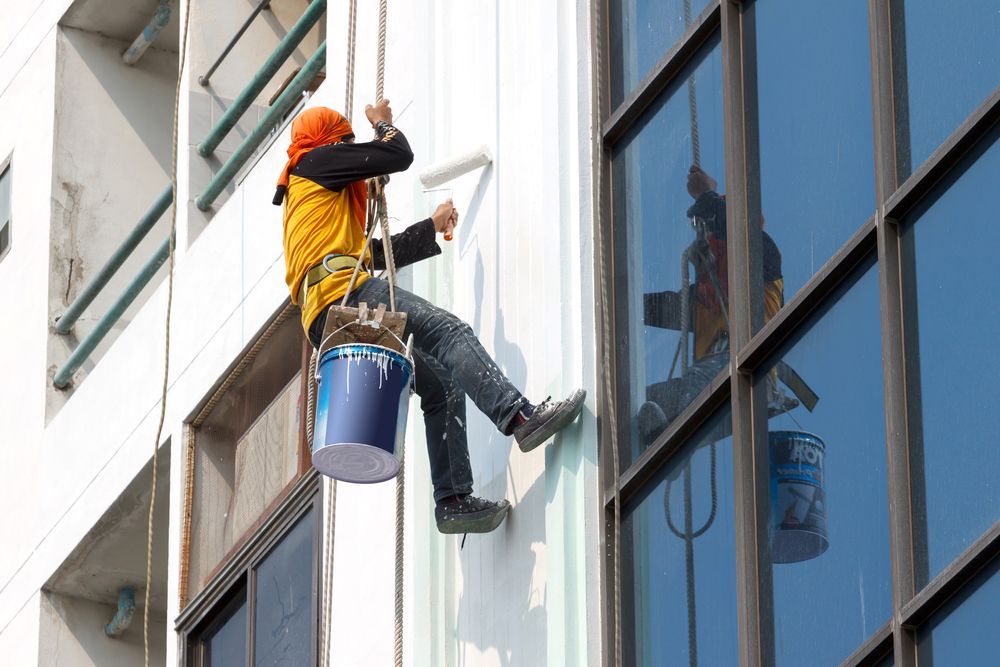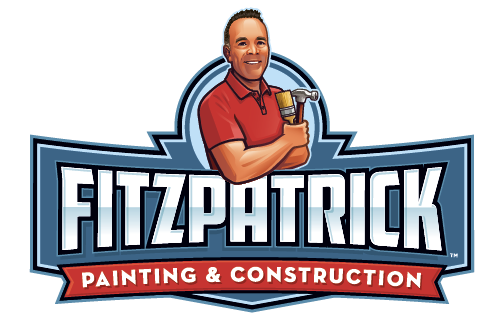Hardwood Floor Finishes: What Are Your Options?
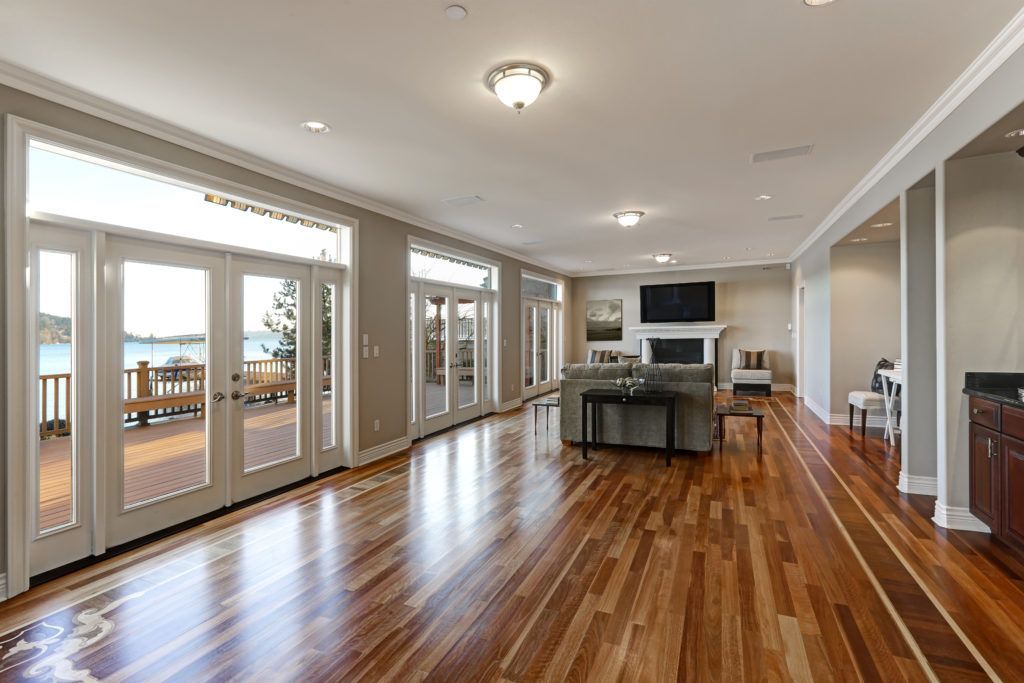
Could your hardwood floors use some new life?
While wood is a durable material, it is prone to scuffing, scratches and overall wear and tear. And it doesn’t take long before those gorgeous floors begin to look a little dull.
Maybe you’ve considered refinishing those floors , but aren’t sure which hardwood floor finishes will be the best.
You’re not alone.
There Are Many Options for Hardwood Floor Finishes
It should be noted that if your floors are damaged or completely lackluster, you’ll need to do an overhaul. In this case, you can choose from any of the finishes below.
However, if you’re only touching up scratches or covering a little wear and tear, you’ll need to use the finish product that was on your floor originally.
If you’re unsure of what was originally used, then you’ll need to start brand new.
We’ll take a look at five of the most frequently used finishes.
1. Oil-Based Polyurethane
Oil-based polyurethane is one of the top choices. It gives your wood floors depth in both color and shine.
It’s pretty easy to apply, although you’ll experience high odor during application. It is also high in volatile organic compounds (VOCs), so it’s not at the top of the environmentally friendly list.
Another thing to consider is that it tends to get yellow as it ages. And while many people see this as a benefit, others are not as pleased.
Plan on long drying times with this finish – 8-10 hours between each coat. That means it can take 3-5 days to finish the job. And you’ll need to wait at least 24 hrs before walking on them.
At $30 to $40 per gallon (which covers 500 to 600 square feet) oil-based polyurethane is not as expensive as many other finish options.
2. Water-Based Polyurethane
Unlike with its oil-based sibling, water-based polyurethane jobs dry fast and can be done in 2 days. And you can typically walk on your floors that same night.
With low VOCs, water-based polyurethane is more environmentally friendly. It is also low in odor and applies easy.
While water-based polyurethane doesn’t yellow like oil-based polyurethanes do, many people feel that they don’t provide the same luster and glow either. And at $40 to $60 per gallon (covers 400 to 500 square feet), it costs more too.
3. Wax
Wax is one of the least expensive options. One pound costs between $10 and $25 and covers 400 to 500 square feet.
It’s easy to apply, has only a mild odor and penetrates deep into the wood.
But wax does not have the luster that a poly has. It’s also not as durable and is more susceptible to stains.
If you opt for wax, it’s important to understand that your floor will need regular upkeep and refinishing. So you may not end up saving that much money.
4. Oil Sealers
If you’re looking to enhance grain patterns and want the color of the wood to really pop, then an oil sealer might be the way to go.
Like wax, oil sealers penetrate the wood and are easy to apply. The tung oil in the product has low VOCs and it hardens as it dries.
Drawbacks?
With oil sealers, you’ll probably need to refinish every two to three years because the coat tends to wears down. Also, at $60 to $70 per gallon (covers 500 square feet), it’s on the pricier side.
Bring Your Floors to Life
Now that you have an understanding of several different hardwood floor finishes, you can bring some serious shine and luster back into your floors.
Once your floors look great, it could be time to get a paint job too! Call us for a free estimate. We’ll get your house looking good as new.
